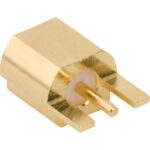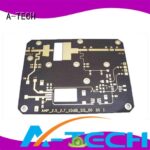
ALL ABOUT FLEX PCB
-
 Read more: Copper PCB – 7 Important Issues That Users are Most Concerned About
Read more: Copper PCB – 7 Important Issues That Users are Most Concerned AboutCopper Thickness and Its Impact on PCB Performance One of the primary concerns that users have when working with copper PCBs is the thickness of the copper layer. The thickness of the copper layer can have a significant impact on the performance of the PCB, including its electrical conductivity, thermal […]
-
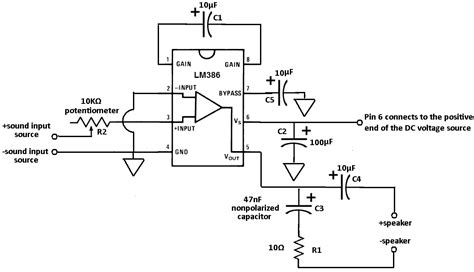 Read more: How To Use LM386 Audio Amplifier Circuit Effectively
Read more: How To Use LM386 Audio Amplifier Circuit EffectivelyIntroduction to the LM386 Audio Amplifier The LM386 is a low voltage audio power amplifier designed for use in low power consumer applications. It requires a minimal amount of external components, provides good audio quality, and is easy to use. Some key features of the LM386 include: Low current drain: […]
-
 Read more: Wave Soldering-The Ultimate Guide To Effective Soldering
Read more: Wave Soldering-The Ultimate Guide To Effective SolderingWhat is Wave Soldering? Wave soldering is a large-scale soldering process used for efficiently soldering electronic components to printed circuit boards (PCBs). It involves using a molten wave of solder to attach multiple components to the PCB surface. Wave soldering is an automated process that is fast, reliable, and provides […]
-
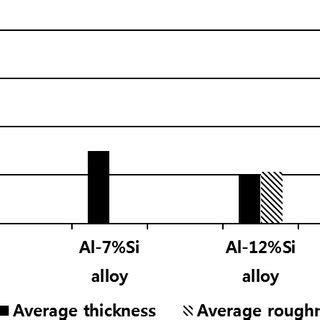 Read more: PCB Surface Finish: An Intermetallic Layer for Protecting the Copper Layer
Read more: PCB Surface Finish: An Intermetallic Layer for Protecting the Copper LayerIntroduction Printed Circuit Boards (PCBs) are the backbone of modern electronics, providing a platform for interconnecting various components and enabling complex circuitry. The copper layer on a PCB serves as the conductive pathway for electrical signals, but it is susceptible to oxidation and corrosion. To protect the copper layer and […]
-
7 PCBA Manufacturing Defects and Solutions
Posted by
–
 Read more: 7 PCBA Manufacturing Defects and Solutions
Read more: 7 PCBA Manufacturing Defects and SolutionsIntroduction to PCBA Defects Printed Circuit Board Assembly (PCBA) is a complex process that involves multiple steps and components. Despite advancements in technology and manufacturing processes, PCBA defects can still occur, leading to reduced product quality, increased production costs, and delays in time-to-market. Identifying and addressing these defects is crucial […]
-
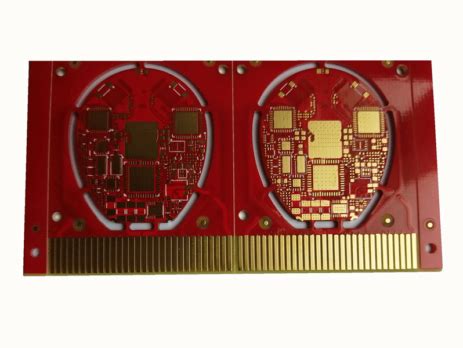 Read more: Goldfinger gold plated PCB board quality issues and measures
Read more: Goldfinger gold plated PCB board quality issues and measuresIntroduction to Goldfinger PCB Goldfinger PCB, also known as gold-plated printed circuit boards, are a type of high-quality PCB that features a layer of gold plating on the surface of the copper traces and pads. This gold plating provides several benefits, including enhanced corrosion resistance, improved solderability, and superior electrical […]
-
 Read more: Joint Industry Standard (J-std-001): All you Need To Know
Read more: Joint Industry Standard (J-std-001): All you Need To KnowWhat is the J-STD-001 Standard? The J-STD-001, also known as the “Requirements for Soldered Electrical and Electronic Assemblies,” is a joint industry standard that provides guidelines for producing high-quality soldered interconnections. This standard was developed by the Electronic Industries Alliance (EIA) and the IPC (Association Connecting Electronics Industries) to ensure […]
-
 Read more: LoRa Gateway: A Long-Range, Low-Power Wireless Communication
Read more: LoRa Gateway: A Long-Range, Low-Power Wireless CommunicationIntroduction to LoRa Gateway In the rapidly evolving world of Internet of Things (IoT) and wireless communication, LoRa (Long Range) technology has emerged as a game-changer. LoRa is a proprietary spread spectrum modulation technique developed by Semtech, which enables long-range, low-power wireless communication. At the heart of this technology lies […]
-
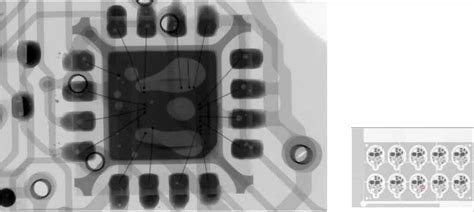 Read more: PCB X-ray Inspection: The Importance of X-ray Inspection in PCBA
Read more: PCB X-ray Inspection: The Importance of X-ray Inspection in PCBAIntroduction to PCB X-ray Inspection In the world of printed circuit board assembly (PCBA), ensuring the quality and reliability of the final product is of utmost importance. One crucial step in this process is PCB X-ray inspection. This non-destructive testing method allows manufacturers to examine the internal structure of PCBs, […]
-
 Read more: Xenon Flash Tube Circuit: How To Build the Circuit
Read more: Xenon Flash Tube Circuit: How To Build the CircuitIntroduction to Xenon Flash Circuits A xenon flash circuit is an electronic circuit that generates a high-intensity burst of light using a xenon flash tube. Xenon flash tubes are gas-discharge lamps that produce a bright, white light when a high voltage is applied across their electrodes. These circuits are commonly […]

